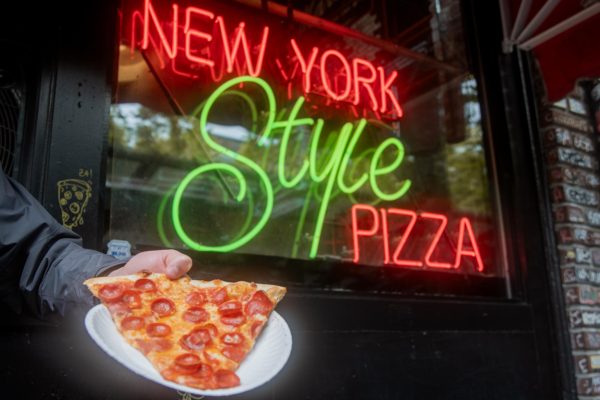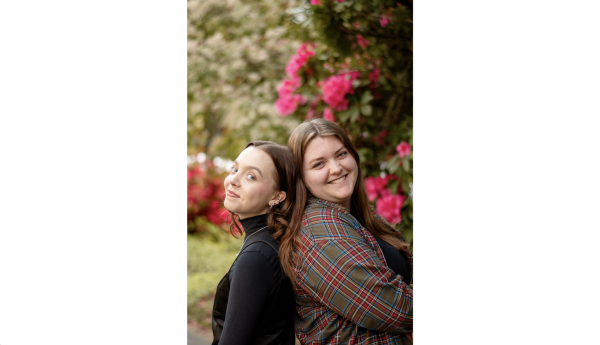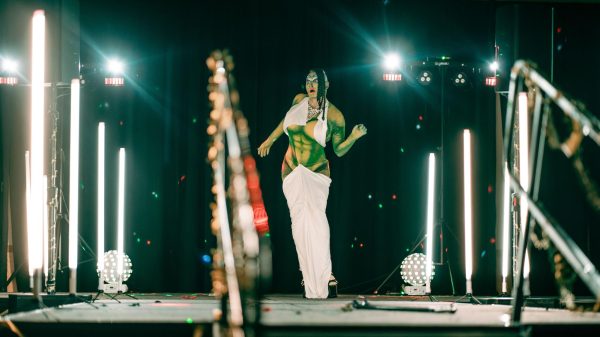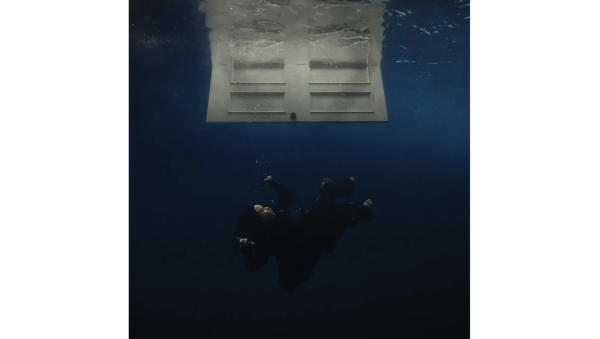The Up-Side of Descending into Terror

If there is one word that will be appropriate when describing the year 2020 in the future, it will likely be “horrific.” In the opening months of the year, the United States teetered on the verge of war, democratic corruption and financial upheaval on the heels of a pandemic. The only thing scarier than the current reality are the moments of horror and terror offered from quintessential horror films.
The classic 1978 horror film “Invasion of the Body Snatchers” stars Donald Sutherland as a health department employee living in the bustling San Francisco area. As the movie progresses, a mysterious virus begins to claim the population of the city. Sutherland struggles to understand how it spreads, and public health officials try to deal with the increasingly dire situation. The film is not gruesome and there are no jumpscares. Instead, the horror is derived from the fear that the protagonist will be infected.
This several-decades old movie manages to capture the paranoia and helplessness of the crisis that Americans currently find themselves in. Indeed, the abject dread of the cast lends the film a stark realism. Unlike most main characters, “Body Snatchers” hosts an ensemble that does not heroically rise to the challenge, but rather cowers in fear as a seemingly unstoppable force claims the world.
This presents a question: why, during an era in which a global pandemic and financial crisis grips the nation, is it worth revisiting “Invasion of the Body Snatchers?” Why should we watch horror films at all?
There are several possible answers to this question, none of which will satisfy everyone. But nonetheless, they are worth exploring.
Firstly, horror can allow us to see not how we imagine we ought to act in theory, but rather how we do act in reality. Donald Sutherland’s character does his best to rise up to the challenge and discover solutions to the pandemic surrounding him, but he eventually succumbs to exhaustion and failure. While we may imagine ourselves as superheroes sporting capes and tights while thwarting evil, in reality, most Americans are at home in sweatpants, trying to find the will to open their laptops and work.
While comedies, comic book flicks and romances may give us a moment of cozy escapism, these are more fleeting and superficial feelings than those roused by a horror film. Horror provides a more meaningful comfort, a suspended reality where it’s okay to scream in terror when things get rough—it’s natural.
A movie that captures the cathartic nature of the scream is “The Evil Dead.” Released in 1981, this is one of the most wonderfully campy yet subversive horror films ever to grace the screen. Sam Rami, who would go on to direct the Tobey Maguire “Spider-Man” franchise, cobbled together a shoe-string budget to make “Evil Dead.” His passion as a director shines through, as protagonist Ash Williams, played by Bruce Campbell, watches his friends succumb to an awful demonic disease. By the time the credits roll, Ash is drenched with gore and has howled himself hoarse in fear. It’s a joy to watch.
It is difficult to empathize with the picture-perfect lives of rom-com protagonists, and difficult to place oneself in the boots of a character like “Superman.” However, it is easy to feel a connection with a character who’s tired and feels trapped. Rami does a great job of using this feeling to create a meaningful bond between the audience and Ash.
However, there is also a value in watching horror films to explore the failures of the human psyche. Now that the majority of Seattle University students are stuck at home, many are faced with re-entering the familial space and engaging with a tense home environment. Being packed into a home with one’s family for weeks on end can be a joy, but that isn’t always the case.
Robert Egger’s 2015 film “The VVitch” is a great example of how families can crack under pressure. Set in Puritan New England in the early 17th century, Anya Taylor-Joy plays Thomasin, the eldest daughter in a family that has been exiled from their community. Forced to make a living in the inhospitable forest, Thomasin’s siblings and parents begin to fall apart. Egger’s film is widely acclaimed as a masterpiece of horror craft for two seemingly opposing attributes.
The movie is incredibly period-accurate, as the strange dialogue reflects the dialect of 1600’s American colonists, and the period-accurate dress is remarkable. However, it also feels damningly modern, as the stresses of a cohabitation and family dynamics come to inflict damage upon everyone in the home. “The VVitch” is worth watching for many reasons, one being the relevance of the family predicament to modern viewers.
While there are horror films that expose us to realities of the home, there are also movies that expose broader societal issues. “American Psycho,” directed by Mary Harron, does so in grand fashion. Released in 2000, the film’s main character Patrick Bateman, played by Christian Bale, a wealthy businessman living the good life in New York City, illustrates the hubris of those whose amount of wealth is not matched by their empathy. Bateman is a serial-killer at night, attacking homeless people and prostitutes, who he disdains as cancerous societal sores. In public, he feigns refinement, but Bateman is not interested in addressing the problems that lead to disenfranchisement—he is interested in annihilating the most vulnerable of society.
In an era in which some public figures are willing to openly condemn those who are in need, “American Psycho” simultaneously approximates and parodies the utter egoism in which a portion of the nation’s most financially privileged conduct themselves.
Horror simultaneously allows us to experience the relief of expressing terror and reflect upon our own moral failings. “Invasion of the Body Snatchers,” “The Evil Dead,” “The VVitch” and “American Psycho” all reflect differing variations on this core truth. Light-hearted movies are often hollow, empty experiences, whereas horror can nourish us and allow us to indulge in the dread of our daily lives. While the crisis surrounding us may cause some to reach for a feel-good movie, there is ample reason to do the opposite.









